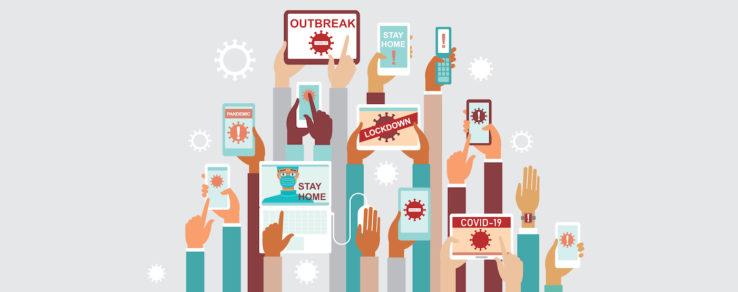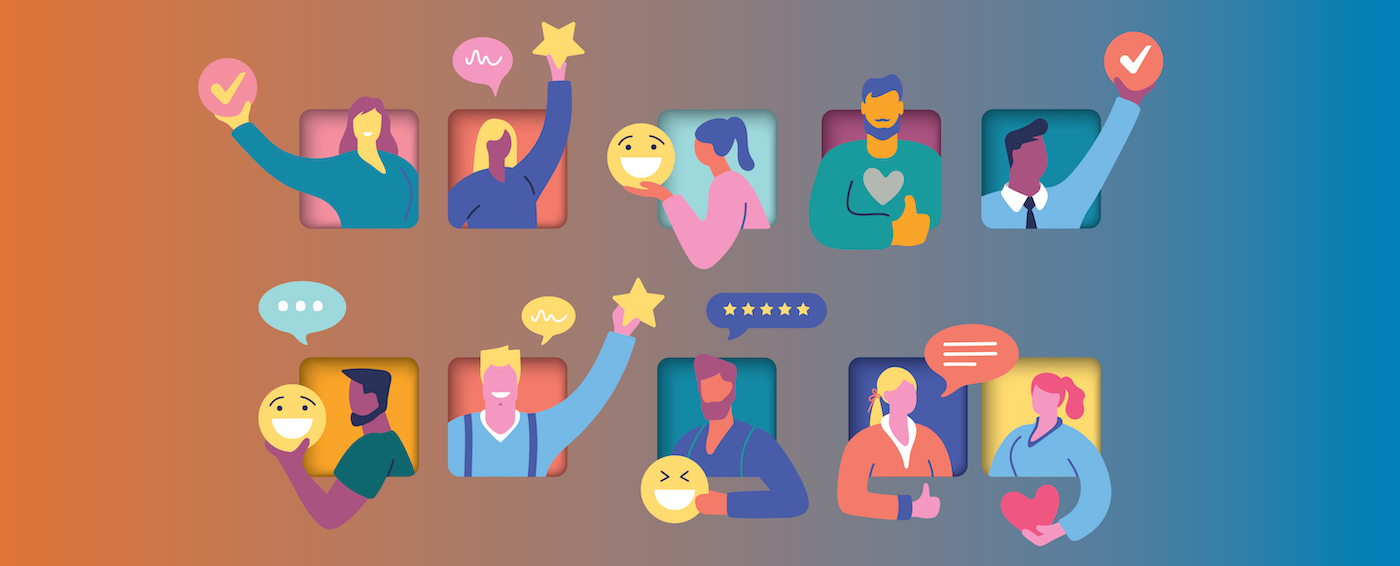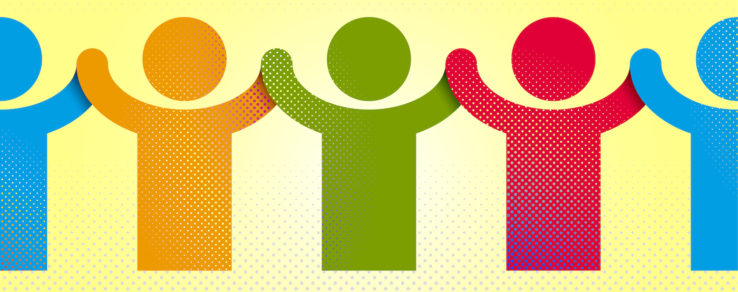The coronavirus pandemic is far from over. Businesses everywhere continue to deal with the economic fallout of the crisis even as some assistance and deferment programs come to an end. Small and medium business customers will continue to look to their energy utility throughout the winter for resources and support to survive the financial impact of coronavirus.
In Questline Digital’s Plugged In webinar, “Financial Impact of the Coronavirus on Small Businesses,” guest experts from the SBA and AEP Ohio discussed strategies for energy utilities to help SMB customers through the next phase of the crisis.
SMB customers fight to overcome COVID-19 challenges
Small business customers everywhere are feeling the stress and of the pandemic financially, mentally and emotionally. As numerous SMB owners fight to keep their dreams moving forward, others have locked their doors for what they hope is a temporary closure.
Andrea Roebker, regional communications director for the U.S. Small Business Administration, has held roundtable discussions throughout the Midwest listening to the concerns of small business owners. Through these meetings, Roebker has seen the stress of SMB owners firsthand, but she also says there is optimism as they push innovation in their businesses and remain encouraged by the possibility of future stimulus and financial aid.
Roebker’s team at the SBA takes information learned at these roundtables back to Washington, D.C., to advocate on behalf of SMB owners and their needs. She says working to save small businesses and their jobs is huge. “Small businesses are the economic engine of this country. They create two out of every three jobs.”
At its core, the SBA helps to start, grow or expand small businesses through federal taxpayer funding. The SBA not only helps to educate and guide small businesses with resources, but also helps entrepreneurs who typically would not be able to get funding through a bank. By guaranteeing loans, the SBA reduces the risk for commercial lenders.
Federal support for businesses continues
In the first months of the coronavirus outbreak, Congress passed the CARES Act and created two new programs designed to assist small businesses. The SBA launched these programs in the following weeks, which is an unusually quick turnaround for federal government decisions.
- Paycheck Protection Program (PPP) was designed to keep employees on SMB payrolls. This program allocated money to 5.2 million small businesses and nonprofits nationwide.
- Economic Injury Disaster Loan Advance was patterned after the SBA’s existing Economic Injury Disaster Loan program. Typically, this emergency funding follows natural disasters like hurricanes or tornadoes; this is the first time in the SBA’s history that a disaster fell into the pandemic category.
Those programs ended on August 8, but the SBA still offers numerous ways to assist small businesses:
- SBA Debt Relief program allows the SBA to make payments toward small business loans. The SBA has made several months of payments for those loans so small business owners can focus on other expenses, like paying their energy bills.
- Traditional SBA-Backed Lending loan lowers the risk for banks and includes favorable terms for small businesses, allowing them to raise needed capital. Roebker noted that fiscal year 2020 is equal to fiscal year 2019 in level of lending. “Many would think small businesses wouldn’t be going after loans like this, but they are as a means to pivot or grow their businesses.”
- No-Cost Business Advising helps small businesses get support and resources they need through resource partners across the nation, including helping entrepreneurs rewrite business plans or create a digital platform.
Connecting utility customers to SMB assistance
AEP Ohio and serves about 1.5 million customers, including several thousand small business customers. According to Katie Grayem, director of customer experience with AEP Ohio, “Our goal is really to have the trusted energy provider relationship with customers.” AEP Ohio’s pandemic response was designed to meet the needs of their customers and provide win-win opportunities for them to benefit from the utility’s services and programs. The goal was to help grow the communities they serve.
Through an educational and informative role, Grayem says the energy provider also helps customers understand available programs outside of AEP Ohio. “We were trying to stay really active to help customers reach their financial obligations to ‘keep the lights on,’ as they say,” Grayem said.
A multichannel messaging strategy was an effective way to reach AEP Ohio’s customers and empathize with them. The energy utility wanted to be proactive in telling customers with past due balances what the implications would be following the disconnect moratorium in Ohio.
AEP Ohio also shifted their calling center responses from a “pay us now” mentality to offering assistance in enrolling in payment programs. For the first time, the utility offered payment plan options for non-residential customers.
AEP Ohio leveraged various communications channels, including their Questline Digital eNewsletter, social media and a specific business assistance page on their website to offer payment plan options and energy savings tips. Their business call center also had a dedicated unit with specialized training on the PPP and CARES Act programs to offer further resources to customers.
Like Roebker, Grayem sees positive signs in the business owners who are benefiting from financial assistance programs. “Unlike our residential population, who seem to be most inclined to take longer payback periods,” she said, “our commercial customers really seemed to just want to try it out and I think that’s a sign of optimism.”




